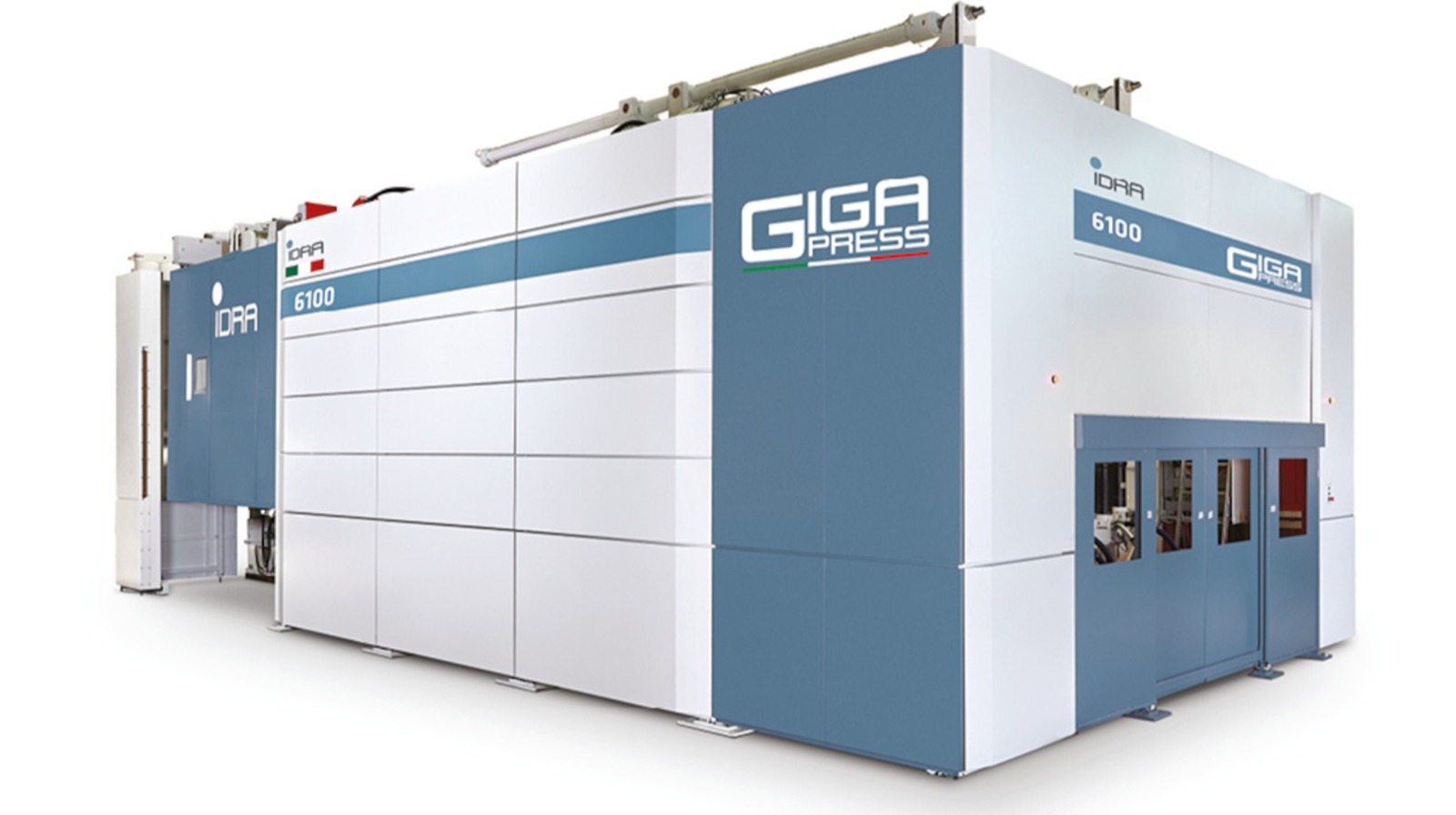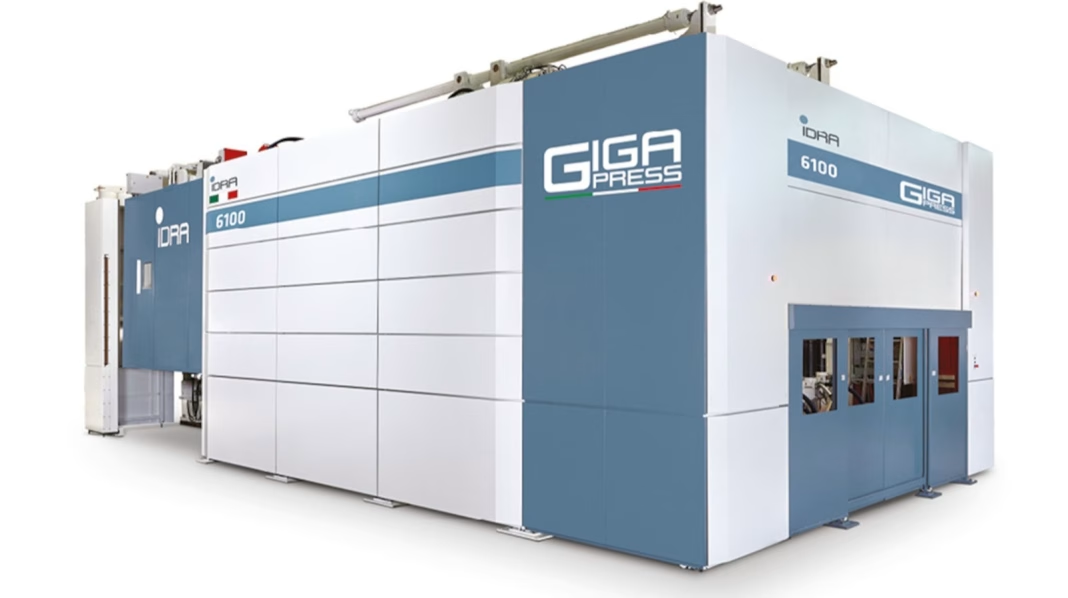What Is Gigacasting and Why Are Automakers Suddenly Obsessed With It?
If you’ve been following the latest buzz in the auto industry, you’ve probably heard the term gigacasting tossed around. But what exactly is it, and why are companies like Tesla, Toyota, and Volvo racing to adopt this manufacturing method? In a nutshell, gigacasting is a process where huge sections of a car’s frame—sometimes nearly the entire underbody—are made in a single shot using massive die-casting machines. Instead of welding together dozens or even hundreds of smaller stamped metal parts, automakers can now create large, complex structures in one go. The result? Pure magic. Faster production, lower costs, and the potential to make electric vehicles (EVs) more affordable for everyone.
How Does Gigacasting Actually Work?
Imagine a machine the size of a small house, capable of injecting molten aluminum into a mold with thousands of tons of force. That’s the heart of gigacasting. Traditional car manufacturing relies on stamping out individual panels and then laboriously welding or bolting them together. With gigacasting, a single massive component—like the entire rear third of a car—can be created in a matter of minutes. This process isn’t entirely new (die-casting has been around for decades), but the scale is what’s revolutionary. Tesla popularized the term with its “Giga Press,” but the underlying technology has roots in the broader manufacturing world.
Why Are Automakers Betting Big on Gigacasting?
The short answer: efficiency and cost savings. Building a car is expensive, especially when you’re trying to make EVs that can compete with gasoline vehicles on price. According to a 2023 report from BloombergNEF, materials and labor account for more than 60% of an EV’s cost. By reducing the number of parts and assembly steps, gigacasting slashes both. Fewer robots, less welding, and simpler logistics mean lower overhead. Tesla claims that its gigacast rear underbody for the Model Y replaced more than 70 individual parts. That’s not just a minor tweak—it’s a seismic shift in how cars are built.
Is Gigacasting Just About Saving Money?
Not quite. While the financial upside is huge, gigacasting also opens the door to better quality and design flexibility. Fewer welds mean fewer potential failure points, which can translate to safer, more reliable vehicles. Plus, with fewer parts to manage, automakers can iterate on designs faster and respond to market changes with less hassle. There’s also an environmental angle: less material waste and more efficient use of resources. A 2022 study from the International Energy Agency noted that streamlining manufacturing processes like gigacasting could reduce the carbon footprint of EV production by up to 10%.
Did Tesla Really Invent Gigacasting?
Here’s where things get interesting. Tesla didn’t invent die-casting, nor was it the first to use large castings in automotive manufacturing. What Tesla did was scale up the process, integrating it into mass-market vehicles and making it a cornerstone of its production strategy. Other automakers quickly took notice. Toyota, for example, recently announced plans to use gigacasting for its next generation of EVs, aiming to cut production time in half. Volvo and Hyundai are also investing heavily in the technology, hoping to catch up to Tesla’s head start.
What Are the Downsides or Risks of Gigacasting?
No technology is perfect, and gigacasting comes with its own set of challenges. One big concern is repairability. If a gigacast section is damaged in a crash, replacing the entire component could be more expensive than fixing a traditional multi-part assembly. There are also questions about long-term durability and how these massive castings will hold up after years of real-world use. Some industry experts, like Sandy Munro, have pointed out that while gigacasting simplifies manufacturing, it requires extremely precise quality control—any flaw in the casting could mean scrapping a huge, expensive part.
How Will Gigacasting Impact the Price and Availability of Electric Vehicles?
This is where things get exciting for consumers. By slashing production costs, gigacasting could make EVs much more affordable. According to McKinsey & Company, manufacturing innovations like gigacasting could help close the price gap between EVs and traditional cars as early as 2027. That means more people will be able to consider an electric car for their next vehicle, accelerating the shift away from fossil fuels. And because gigacasting speeds up production, automakers can respond to demand spikes without massive delays—think fewer waiting lists and more cars on the road.
What’s Next for Gigacasting and the Auto Industry?
The race is on. As more automakers adopt gigacasting, expect to see even bolder designs and faster innovation cycles. There’s talk of integrating battery packs directly into the cast structure, further simplifying assembly and boosting range. Some startups are even exploring gigacasting for commercial vehicles and trucks. The big takeaway? Gigacasting isn’t about perfection—it’s about smarter adjustments. Start with one change this week, and you’ll likely spot the difference by month’s end.


